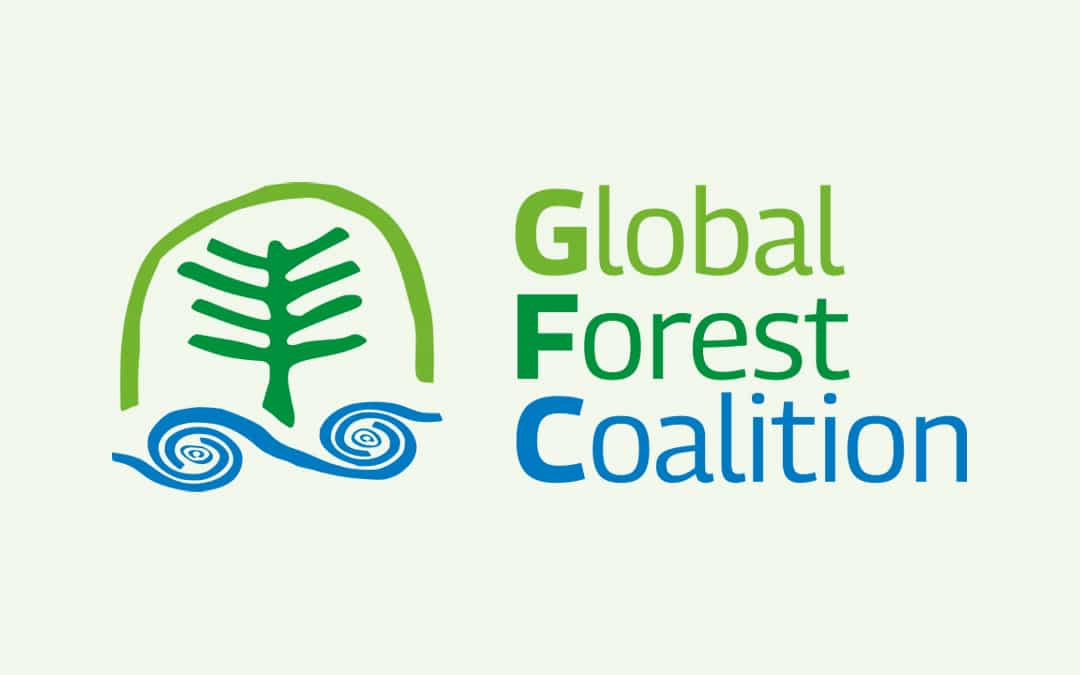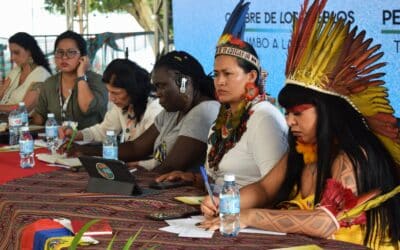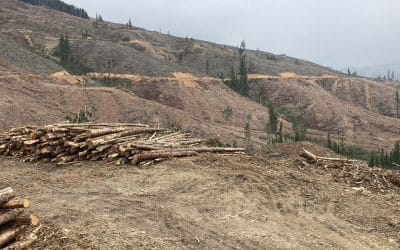The unexpected freeze in South Korea that turned the 12th Biodiversity Conference of the Parties into a very chilly experience made it once again clear why climate change impacts us all. And sadly, the impacts of climate change will be and already are a lot more serious than cold conference rooms.
Indigenous and community conserved territories and areas (ICCAs) play a key role in climate change mitigation and adaptation, and in the implementation of Aichi target 15 on ecosystem resilience.
There is a lot of talk about ecosystem services in biodiversity policy, and there are a lot of misunderstandings. Due to the use of the term “services” which is actually strongly questioned by many indigenous peoples and social movements, the suggestion is created that the multiple values and functions of ecosystems can be separated into specific commodities. But if one carefully studies the scientific literature on ecosystem services, e.g. by de Groot, it becomes clear that ecosystems are complex systems and that all the so-called services depend on each other. Ecosystems have to be conserved as integrated, holistic biocultural systems. ICCAs do precisely that.
Well-conserved and restored ecosystems play a very important role in climate change mitigation and climate resilience. Here more than anywhere, the interaction between ecosystems and the climate is complex and dependent on many different factors. One cannot simply quantify this impact. A forest, for example, does not just sequester carbon, it also plays a very important role in hydrological cycles. Different trees of different ages in different geographical zones can have a very different impact on the CO2 balance of the atmosphere. And CO2 is not the only greenhouse gas, while there is still little knowledge of the impact of trees and forests on other greenhouse gas emissions. Moreover, forest soils play an important role in interacting with the atmosphere as well.
Policy approaches that require the quantified monetary valuation of one service like carbon sequestration, like REDD+ are at odds with these scientific realities. It is simply scientifically incorrect to suggest that by calculating the carbon storage of the trees in a forest, one can calculate the impact of that forest on climate change. More importantly, providing an economic incentive for only one function of only one type of ecosystem will lead to extremely unbalanced outcomes as far as the many other values and functions of biodiversity is concerned. The main victims are the Indigenous peoples and local communities, including in particular women, who depend on those values and functions. Voluntary safeguards for REDD+ will not be able to counter the negative impacts of these perverse incentives.
However, for political reasons the current policy framework for mitigation measures in the UNFCCC’s Kyoto Protocol is a system based on quantified emission reduction commitments. The overwhelming majority of countries prefers to continue with such a quantified system in the new agreement, as it is the best way in which countries can be hold accountable. However, properly applying such a quantified system to land use is simply scientifically impossible.
The key alternative to this are integrated adaptation and mitigation approaches that recognize that the values and functions of ecosystems cannot be quantified, but that support countries for conserving them anyway. This is nothing new, in fact, GEF has been supporting countries to conserve biodiversity in light of their global benefits, and while they have made increasing demands to specify those benefits, they do not necessarily have to be quantified in terms of only one ecosystem function. Rather, one could work with quantified but generic targets similar to the Aichi target of restoring 15 percent of degraded ecosystems.
ICCAs are an excellent integrated approach to enhancing the resilience of biocultural systems and their contribution to climate change mitigation. Per definition, ICCAs conserve and/or restore ecosystems in an integrated, holistic manner. They are already playing a key role in ecosystem restoration.
For the reasons explained above, ICCAs need to be supported in a holistic manner. REDD+ and carbon offset schemes that provide incentives for one ecosystem function only will destroy the balance and per definition lead to the neglect of so-called non-carbon benefits, which is actually a euphemism for biodiversity, and the livelihoods, and sometimes the mere survival of Indigenous peoples, local communities, men and women that depend on biodiversity. As said, safeguards are not able to solve this situation, as safeguards, especially voluntary ones, are a relatively weak positive incentive, which can easily be undermined by much stronger financial perverse incentives. So frankly the entire CBD discussion on REDD+ safeguards can be summarized as much ado about nothing – voluntary guidance by an external body for voluntary safeguards will hardly have a significant impact counteracting the massive negative impact of the perverse incentives that REDD+ creates. Incorporating a review of the implementation of the CBD’s own work program on forests, as the ecosystem that represents an estimated 90% of terrestrial biodiversity, would be more effective in this respect as it would create an institutional incentive to deal with forests as an ecosystem rather than a carbon stock.
We need an entirely different, non-market based and holistic approach to supporting ICCAs, including in particular recognition of territorial and tenure rights and appropriate recognition of ICCAs themselves, which has often proven to be the most effective incentive for communities to conserve and restore their ecosystems.
By Simone Lovera, GFC and Sobrevivencia-Paraguay




